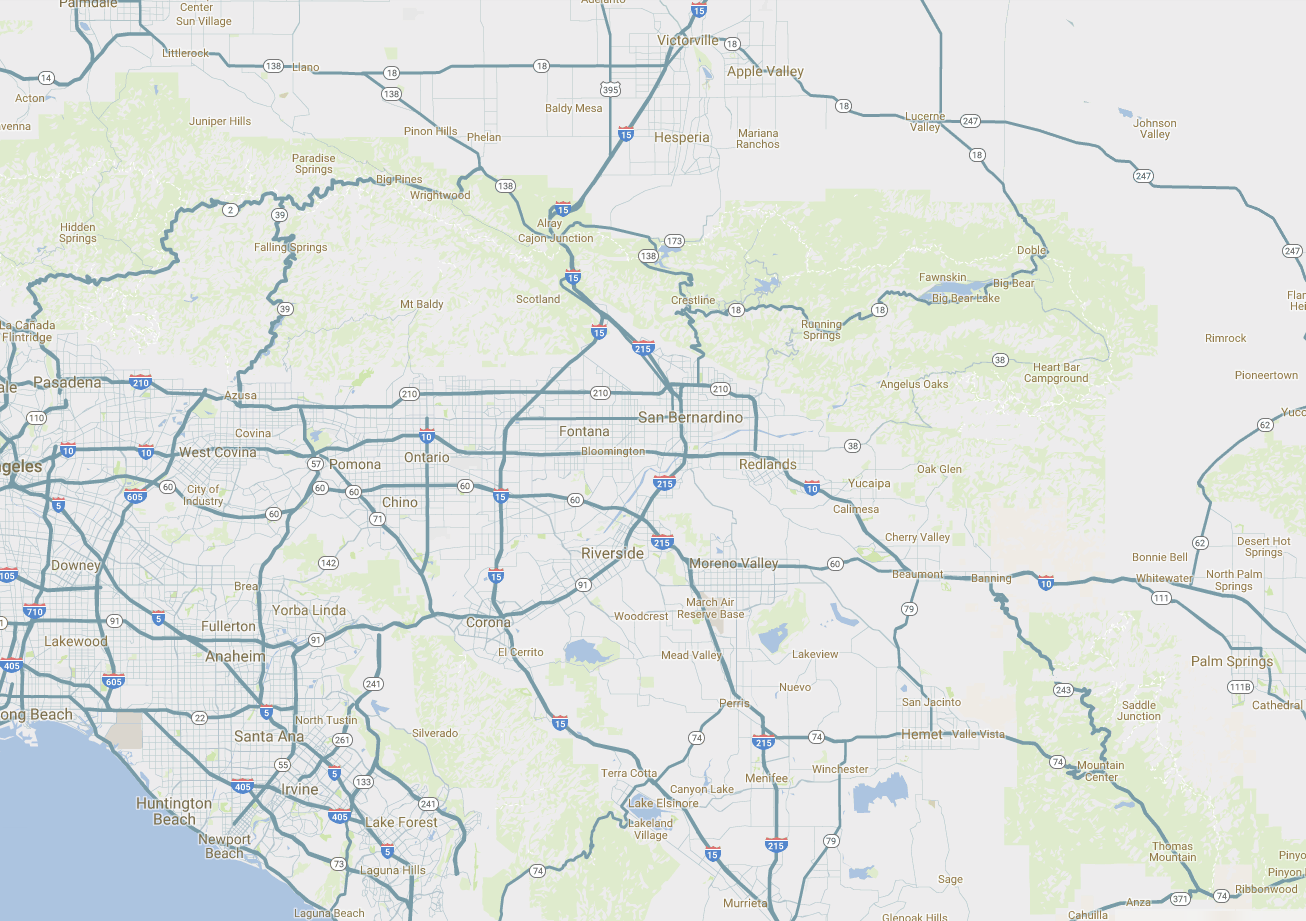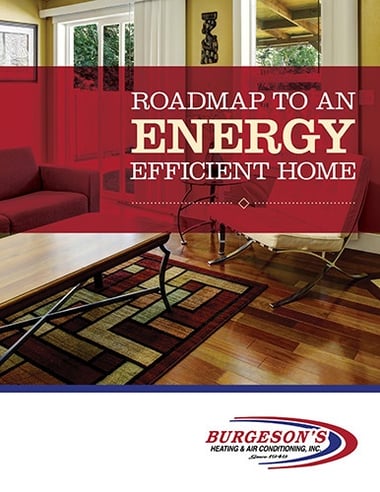Cost of a water heater installation in the Redlands area:
Wondering how much it costs to install a water heater in Redlands and the Inland Empire area? Prices in our area typically fall within these ranges:
- $1,900 to $6,500+ for tank water heater installations, with the average price being around $2,450
- $3,900 to $8,000+ for tankless water heater installations, with the average price being around $5,200
- $6,000 to $10,000+ for heat pump water heater installation, with the average price being around $7,800
Factors that will affect the cost of your water heater installation include:
- The type of water heater you choose.
Traditional tank water heaters typically cost less to install than heat pump or whole-home tankless water heaters. However, gas tankless water heaters can help you save money every month on water heating costs. Plus, most tankless models have a longer expected lifespan than tank models (15+ years). If you're unsure whether the higher initial cost is worth it, ask one of our licensed plumbers about our tankless water heater options.
- The capacity of the system.
The higher the capacity of a water heater, the more it will cost. However, the capacity of a water heater refers to slightly different concepts when you're talking about a tank vs a tankless water heater. For tank water heaters, capacity refers to the amount (in gallons) of hot water, the tank can store when completely full. For tankless water heaters, capacity refers to its "flow rate", which measures the number of gallons of hot water a tankless unit can deliver at one time. The higher the flow rate of a tankless unit, the more hot-water appliances you’ll be able to use simultaneously.
- Whether it's an electric or gas system.
Because gas water heaters require more complex components (gas flue, gas burners and assembly, etc.), they typically cost more to install. However, most homeowners with access to natural gas choose a gas system because they're cheaper to operate and thus provide lower utility bills than electric water heaters.













